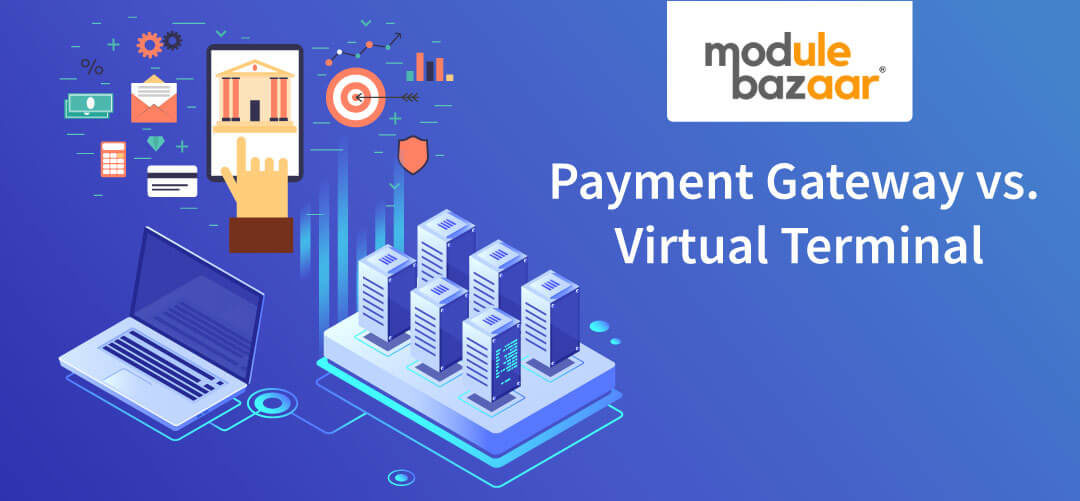Within the last couple of years, the payment industry has achieved a boom in new product developments. It has confused consumers regarding how the payment solutions are similar and dissimilar to each other.
Let us resolve the confusion by introducing two popular payment solutions, a payment gateway and a virtual terminal.
What is a payment gateway, and how does it work?
The working method of a payment gateway is quite similar to that of a credit card processing facility you would find at a brick and mortar store. A payment gateway’s primary responsibility is to acquire payment data from the user or customer, check its accuracy, and submit to the processor. If you have an eCommerce website or app and you are looking for a payment tool to facilitate easy payment and checkout, then you need to integrate payment gateway software in your website.
Read also :- Use Multiple Payment Gateways to Avoid Payment Failure and Support More Options
The working process of a payment gateway is illustrated below:
- The credit card information is either manually entered in the shopping cart or swiped at a terminal.
- The payment information is then encrypted by the gateway and then is sent to the processor.
- After receiving the details, the processor sends it to the card-issuing bank or company via a network.
- The bank will then approve or decline the transaction based on the accuracy of the information and the number of funds available in the payer’s account.
The payment gateway then informs the customer and merchant whether the transaction was a success.
What is a virtual terminal, and how does it work?
A virtual terminal is another form of accepting electronic payments via an internet facilitator. You can process payments with the help of a virtual terminal, provided you have a PC or a smartphone with a stable internet connection.
Read these stepwise instructions to understand how a virtual terminal works:
- You will have to first login to the payment gateway webpage using your account credentials.
- You will come across a menu in your dashboard, where you will have to enter the credit, debit details manually.
- Now you will have to process the transaction by clicking on the process option.
Virtual terminals offer a ton of smart features to the merchants, and the foremost of them to validate transactions in real-time. You will have information about recurring and failed transactions, and you can take the necessary actions immediately. Most virtual terminals also come with fraud prevention features, and it will be of massive help to you process bulk transactions at the same time.
Which payment solution is the best for you?
If you intend to process electronic payment methods in your eCommerce website, you would need the solutions of a payment gateway. In this way, you will also have access to all the transaction details of your customers.
With the help of a virtual terminal, you will have permission to enter the payment details as a merchant. Virtual terminals are useful when your payment gateway fails to work due to technical glitches. During such cases, you can process the payments over the phone, in-person by entering their data manually in your merchant dashboard.
What is the primary difference between a payment gateway and a virtual terminal?
Although both the solutions process payments, there are a few differences between the two. A payment gateway is used in eCommerce websites, where the checkout form acts as a customer-facing interface. Although merchants mostly use a virtual terminal, businesses with both brick and mortar and online presence use both the payment gateway and the virtual terminal.
Both solutions offer advantages to the users; while a payment gateway secures the transaction process, the virtual terminal simplifies the entire process.


